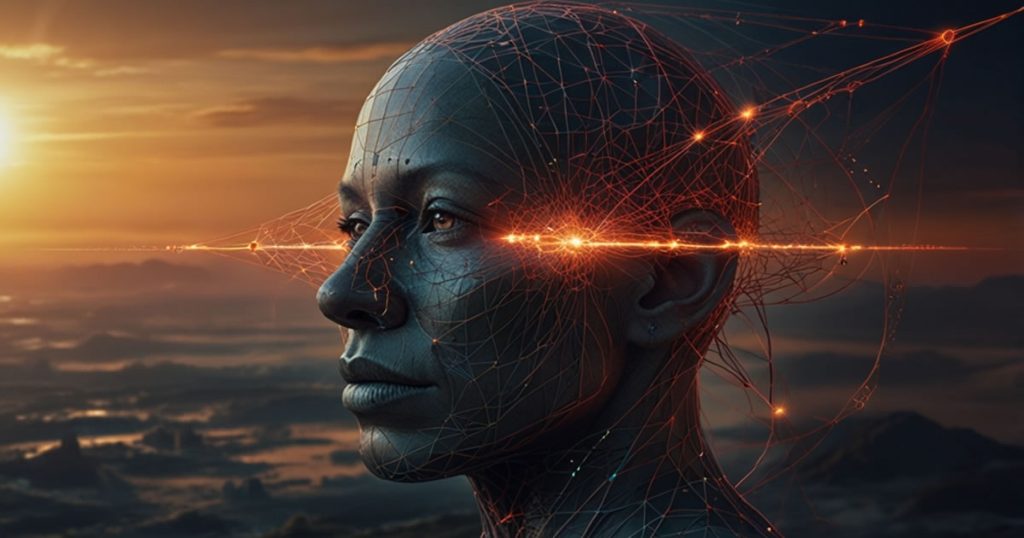Immersing yourself in the fascinating world of "The Clock Without Time" means discovering experiments that revolutionize the laws of causality. Physics and time, two inseparable concepts that have fascinated humanity for centuries, intertwine in a dance of theories and paradigms that challenge our perception of reality.
In this text, we will explore the depths of these intriguing experiments that defy the laws of causality. A clock without time, an object that, at first glance, seems impossible and paradoxical. But what happens if we dare to question what we take for granted? What kind of world would be revealed to us?
Our journey will take us through the mysterious paths of time, causality, and space. A journey that challenges the limits of what we believe is possible, that takes us beyond the boundaries of established knowledge. 🕰️🔬
We'll delve into the history of the most revolutionary and daring experiments in this field, those that have changed our understanding of the universe and ourselves. Led by the most brilliant thinkers, we'll discover the beauty of uncertainty and the freedom found in challenging the norm.
Finally, we'll ask ourselves what all this means for us, how these discoveries can impact our lives and our perception of reality. Because at the end of the day, we're all explorers in search of answers, navigators in the sea of the unknown. Discover with us the fascinating world of "The Clock Without Time."
The Timeless Clock and Causality
The term "The Timeless Clock" refers to a theory that challenges established conventions of time and causality in physics. At first glance, it may seem like an idea straight out of a science fiction story. However, it's a theory supported by experiments and evidence in the field of quantum physics.
Challenge to the Laws of Causality
Causality is a fundamental principle in classical physics. It states that an effect always follows a cause, thus creating a sequence of events that flows in one direction: forward in time. However, "The Timeless Clock" proposes a radically different concept.
Experiments supporting this theory demonstrate that it is possible to have an effect before its cause. In other words, time can flow backward, or even in a nonlinear manner. This phenomenon, known as reversed causality, challenges conventional notions of time and space.
Revolutionary Experiments
Several experiments have provided evidence of reversed causality and the concept of the "Timeless Clock." One of the most notable is the double-slit experiment, which demonstrates the dual nature of particles and waves in quantum physics.
The Double Slit Experiment
In this experiment, a beam of particles (such as electrons) is shot through two slits. When observed, the particle beam acts like a particle, passing through one slit or the other. However, when unobserved, it acts like a wave, interfering with itself and passing through both slits simultaneously.
This experiment challenges the laws of causality because observing the system appears to affect the particles' behavior in the past. It's as if the particle "knew" it would be observed in the future and adjusted its behavior accordingly.
“The Clock Without Time” and Quantum Computing
The concept of “The Timeless Clock” has significant implications for quantum computing, an emerging field that promises to revolutionize information technology.
:format(jpg)/f.elconfidencial.com%2Foriginal%2F1b9%2F533%2F577%2F1b95335779c0484cac1b212b7c4b4a28.jpg)
Quantum Computing and Superposition
Superposition is a fundamental principle of quantum physics that allows a particle to exist in multiple states at the same time. This allows quantum computers to perform calculations in parallel, making them exponentially faster than classical computers.
Reverse causality and the concept of the "Timeless Clock" can further increase the efficiency of quantum computers. If time can be manipulated, then it's possible to perform calculations before the input data is even received.
Implications for the Theory of Relativity
Einstein's theory of relativity is one of the fundamental pillars of modern physics. However, "The Timeless Clock" raises questions about its fundamental assumptions.
Relativity and Time
The theory of relativity holds that time is relative and can expand or contract depending on speed and gravity. However, "The Timeless Clock" suggests that time may not exist at all, at least not in the way we normally understand it.
The Future of Quantum Physics
As we continue to explore the implications of “The Timeless Clock,” we can expect to see revolutionary advances in physics and technology.
Advances in Technology
Quantum computing is already changing the way we process information. With the introduction of reverse causality and the "Timeless Clock," we can expect to see even more significant advances. These could include more efficient quantum computers, faster and more accurate telecommunications, and new forms of data storage.
Advances in Physics
The Timeless Clock and reverse causality are pushing the limits of our understanding of physics. By exploring these theories, we could discover new laws of physics that would allow us to better understand the universe we live in.
Conclusion

In conclusion, “The Timeless Clock: Revolutionary Experiments That Defy the Laws of Causality” opens the door to a fascinating and mysterious world. It leads us to explore the depths of scientific concepts and challenge our own beliefs about how the universe works.
This book challenges us to think beyond the conventional and question the limits of our knowledge. It invites us to look at the world from a different perspective, where time can be both a friend and an enemy, and where the laws of causality can be challenged.
The tests and experiments presented in this book are truly revolutionary. They force us to reconsider our theories and assumptions and open our minds to new possibilities.



